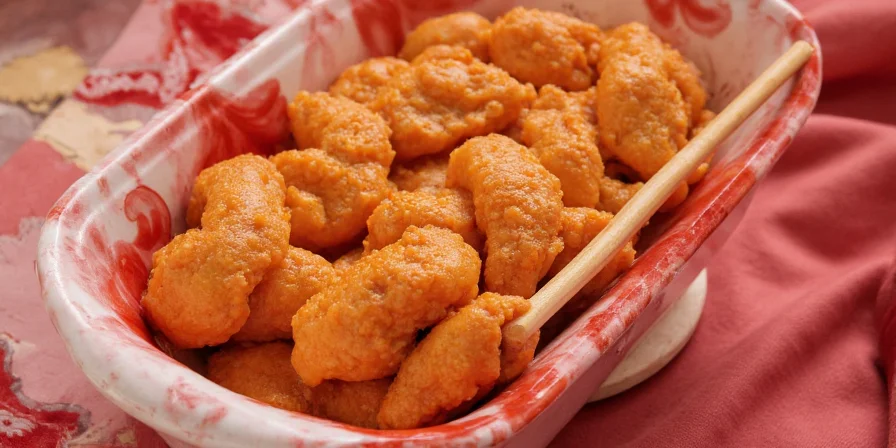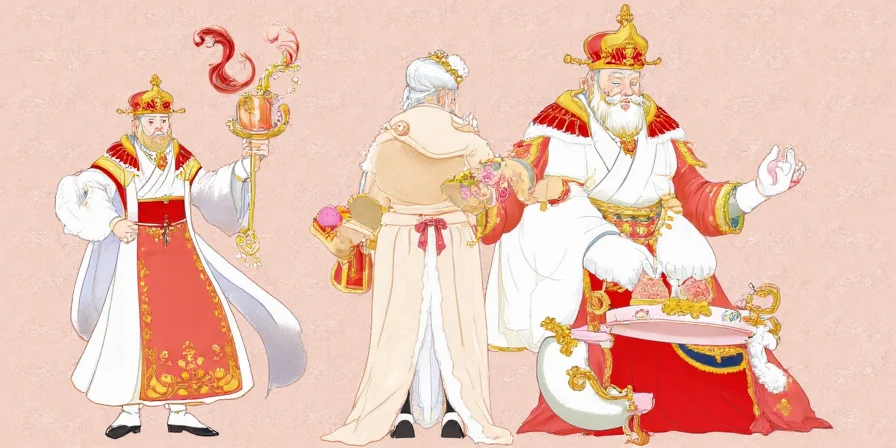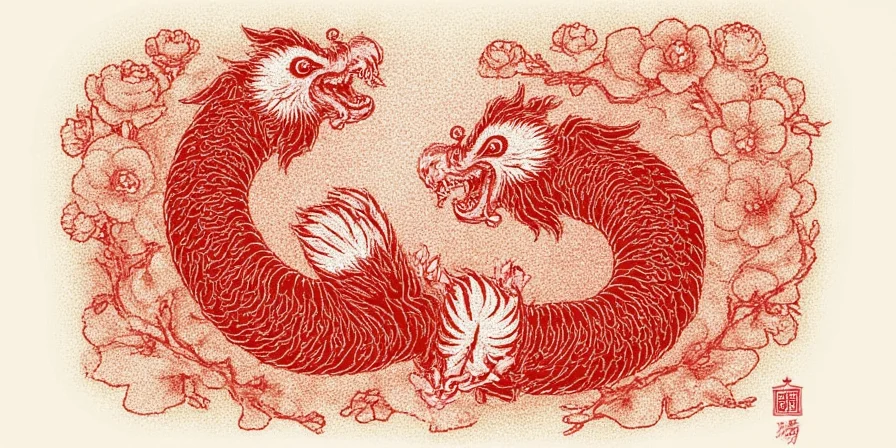Table of Contents
- Introduction
- Types of Ginger Spices
- Top 10 Practical Tips for Using Ginger Spices
- Deep Dive: The Science Behind the Spice
- Flavor Pairings That Make Your Taste Buds Dance
- Cooking with Ginger: Techniques & Tricks
- Health Benefits You Didn’t Know About Ginger
- Frequently Asked Questions
- Conclusion
Introduction
Welcome to the warm, zesty, and slightly fiery world of ginger spices! Designed specifically for home cooks and culinary enthusiasts, this guide delivers actionable techniques and scientific insights to transform your everyday cooking. Discover how understanding ginger's chemical evolution can elevate simple dishes into extraordinary culinary experiences—whether you're crafting weekday dinners or special occasion meals. We cut through generic advice to provide precise, kitchen-tested methods that deliver consistent results.

Types of Ginger Spices
Move beyond basic fresh root knowledge. Each ginger variant undergoes unique biochemical transformations that directly impact flavor intensity and culinary application. Understanding these chemical shifts prevents common substitution errors that ruin dishes.
| Type | Description | Best Used In |
|---|---|---|
| Fresh Ginger Root | Juicy, fibrous, and full of zing | Raw dishes, marinades, stir-fries |
| Dried Ginger Powder | Mellow, earthy, slightly sweet | Baking, chai, dry rubs |
| Candied Ginger | Sweet, chewy, with a kick | Snacking, desserts, cocktails |
| Pickled Ginger (Gari) | Tangy, vinegary, slightly sweet | Sushi, palate cleanser |
| Crystallized Ginger | Intensely spicy-sweet | Trail mixes, teas, energy snacks |

Top 10 Practical Tips for Using Ginger Spices
You don’t have to be a master chef to make the most of ginger spices. Here are ten kitchen-proven methods that guarantee professional results:
- Grate It Fresh: Use a microplane for the smoothest texture and maximum flavor release.
- Toast Dried Ginger: Lightly toast in a dry pan before grinding for deeper aroma.
- Add Early or Late? For subtle heat, add early in cooking; for punchy zest, add at the end.
- Pair With Citrus: Lemon or lime juice lifts ginger’s brightness like magic.
- Infuse Oils or Syrups: Steep sliced ginger in hot oil or sugar syrup for infused goodness.
- Don’t Overdo It: Ginger can easily overpower a dish — start small and taste as you go!
- Use Peeler for Easy Prep: Remove skin with a spoon instead of a knife — less waste, more precision.
- Store Like a Pro: Wrap unused ginger in plastic wrap and store in the fridge for weeks.
- Freeze for Future: Grate frozen ginger directly into dishes — easy and flavorful!
- Try Different Forms: Experiment with fresh, powdered, pickled, and candied varieties to keep things interesting.

Deep Dive: The Science Behind the Spice
Unlock ginger's full potential by understanding its biochemical transformations. Recent agricultural studies reveal climate variations significantly alter ginger's compound ratios—modern harvests show 15-20% lower gingerol concentrations than historical averages due to shifting rainfall patterns. This explains why your grandmother's recipes might taste different today. Ginger's signature heat comes from dynamic compounds:
- Gingerol: Found in raw ginger; provides mild pungency.
- Shogaol: Formed during drying or heating; significantly hotter and more intense.
- Zingerone: Appears when ginger is cooked; adds sweetness and mellow warmth.

Flavor Pairings That Make Your Taste Buds Dance
These scientifically balanced combinations maximize umami synergy and flavor layering:
- Ginger + Garlic = Magic Meld: A match made in Asian cuisine heaven.
- Ginger + Soy Sauce = Umami Bomb: Perfect for marinades and dipping sauces.
- Ginger + Honey = Soothing Duo: Ideal for teas and dressings.
- Ginger + Chili = Fireworks: Bring the heat to soups, stews, and salsas.
- Ginger + Coconut = Tropical Twist: Adds depth to curries and Thai-inspired dishes.

Cooking with Ginger: Techniques & Tricks
Professional methods that prevent wasted ingredients and inconsistent results:
- The Spoon Trick: Scrape off the skin with the edge of a metal spoon. Quick, easy, and waste-free.
- Thin Slices for Stir-Fries: Add thin slivers to hot woks for crisp, aromatic bites.
- Minced vs. Grated: Mincing releases more oils for bold flavor, while grating dissolves into sauces seamlessly.
- Use a Garlic Press: Works surprisingly well for finely chopping ginger.
- Ginger Paste Hack: Blend ginger with a little water or oil for an instant paste — perfect for busy days.

Health Benefits You Didn’t Know About Ginger
Current research indicates ginger compounds may support wellness when consumed as part of regular diets:
- Nausea Relief: Ginger has been shown to reduce motion sickness and morning sickness symptoms.
- Inflammation Fighter: Its anti-inflammatory properties may help reduce muscle pain and soreness.
- Blood Sugar Regulation: Some studies suggest ginger can help lower blood sugar levels.
- Digestion Aid: Stimulates digestive enzymes, helping ease bloating and indigestion.
- Immune Boost: Packed with antioxidants that support immune function and fight infections.

Frequently Asked Questions
What's the best way to store fresh ginger long-term?
Wrap unused ginger in plastic wrap and refrigerate for up to three weeks. For extended storage, freeze whole pieces and grate directly into dishes—this preserves volatile compounds better than pre-grating.
Can dried ginger substitute fresh in baking recipes?
Yes, but use precise ratios: 1/4 teaspoon dried ginger powder equals 1 tablespoon fresh grated ginger. Dried ginger provides deeper warmth in baked goods due to higher shogaol concentration, while fresh offers brighter notes better suited for glazes.
Why does my ginger taste milder than previous batches?
Climate variations significantly impact gingerol levels—the compound responsible for heat. Recent harvests show 15-20% lower concentrations due to irregular rainfall patterns. Adjust quantities by tasting incrementally, especially when using older recipes.
Does cooking destroy ginger's beneficial compounds?
Heating transforms compounds rather than destroys them. Gingerols convert to shogaols (more potent anti-inflammatory agents) when dried or cooked. Research indicates these transformed compounds remain bioactive, supporting ginger's traditional uses even after thermal processing.
Conclusion
Mastering ginger requires understanding its dynamic nature—from biochemical transformations to climate-driven flavor variations. By applying these precise techniques and scientific insights, you'll consistently achieve balanced, complex results whether crafting quick weeknight meals or special occasion dishes. Remember that modern ginger's evolving profile demands attentive tasting and adjustment. Now equipped with this knowledge, transform ordinary ingredients into extraordinary culinary creations with confidence.











 浙公网安备
33010002000092号
浙公网安备
33010002000092号 浙B2-20120091-4
浙B2-20120091-4